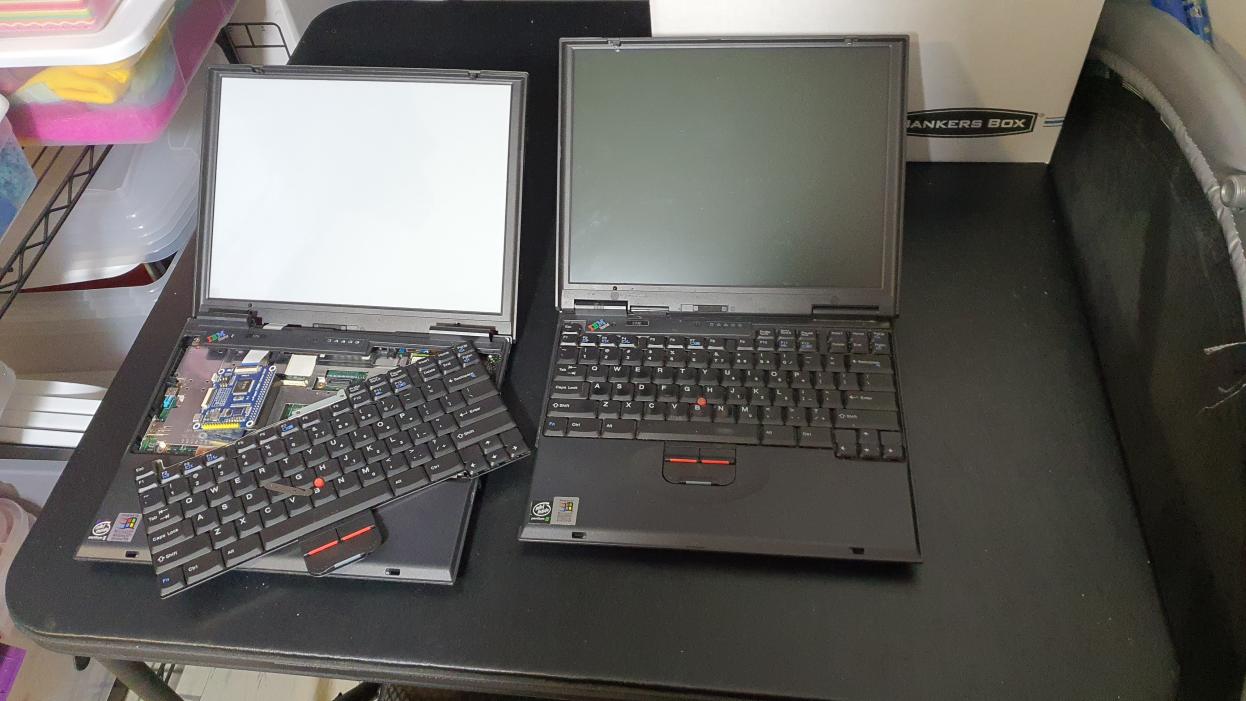
Since the E Ink Corporation patented electrophoresis-based display technology in 1997 and registered the corresponding brand, various manufacturers have purchased licenses and integrated e-ink into their devices. The first were the Sony Librie readers in 2004 and the Amazon Kindle in 2007. These displays do not flicker in principle, do not tire the eyes and consume practically no energy while displaying a picture, so they are ideal for reading.
Since 1997, the technology has improved a lot. The displays have increased, color has appeared, and the screen refresh time has decreased. In recent years, smartphones and tablets with colored paper have finally come out (Hisense, Onyx Boox).
But for a quarter of a century, no one has made a normal laptop. Why?
There were really attempts. We can recall Pixel Qi and the OLPC , Boox Typewriter , Yoga Book C9309 and ThinkBook Plus is . But none of them became demanded by the market for various reasons: UX / UI flaws, weak technical characteristics, high production costs, problems with licensing and technology integration.
However, there was a lot of activity in the modding community. First, various gadgets are made from e-book readers: calendars, wall photo frames, tablets for GNU / Linux , and Pine64 recently announced the Quartz64 single-board computer .with native e-ink support.
All these projects inspired the enthusiast Alexander Soto to create the first full-fledged laptop on electronic paper. To this end, he launched the public initiative EI2030 . The first working groups have already been formed and the selection of components has begun .
Thinkpad T480

At first, the Thinkpad T480 was chosen as a donor for the chassis, which seems to be a good fit for this purpose:
- Replaceable battery
- 13 hours of battery life with 72 Wh
- Supports up to 64GB memory
- Two NVME drives (2280 and 2242).
- Standard HDMI, USB-C, Thunderbolt 3, headphone jack, Ethernet, SD card slot
- USB-C standard charging
- Lightweight and portable
- Modding the classic 7-row keyboard from the T25
Plus, the T480 has plenty of room to turn around.
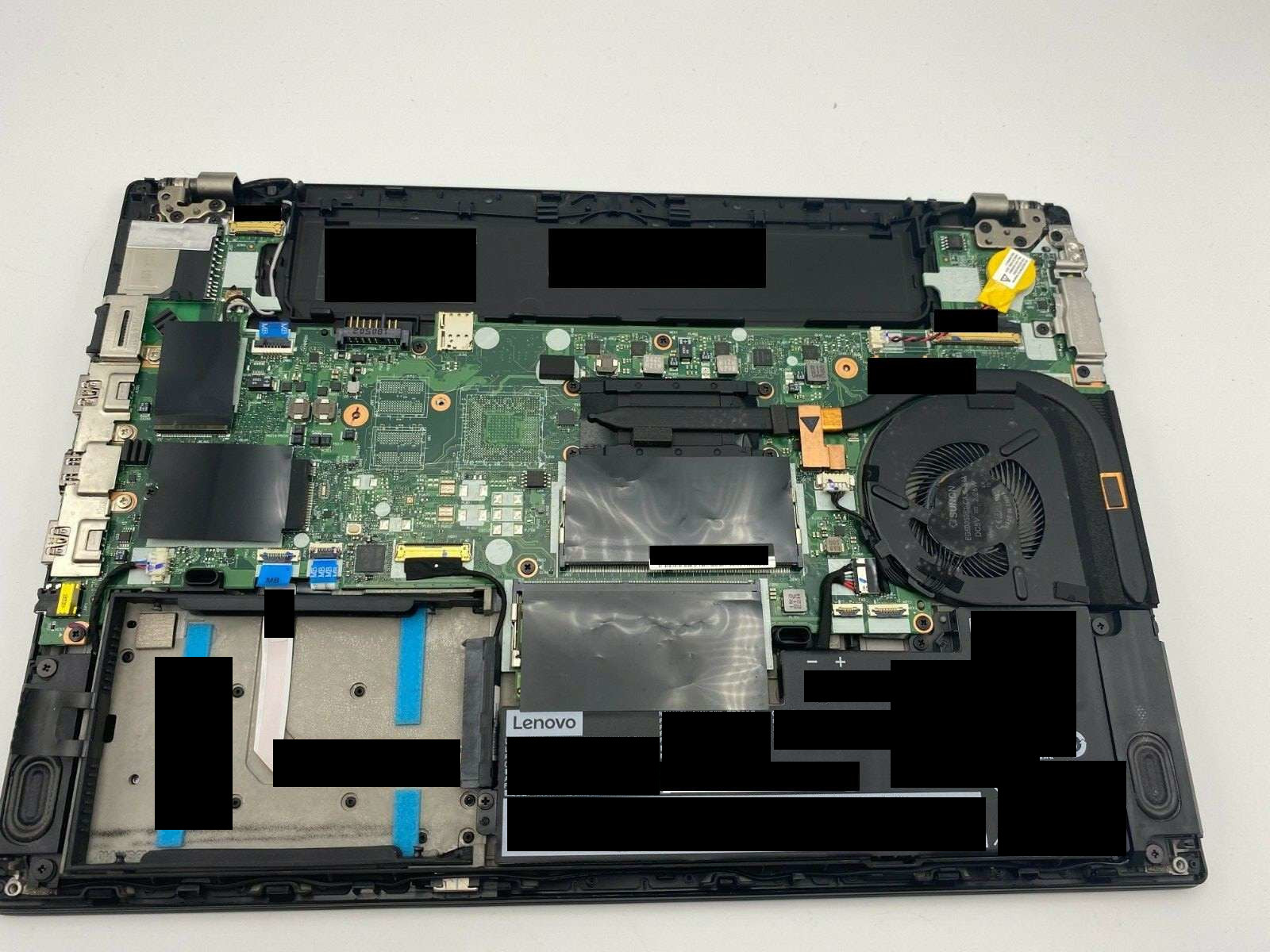
Display. Dasung HD-FT
Alexander Soto says the Dasung display significantly outperforms Onyx Boox Max 2 tablets in terms of refresh rate and performance. In addition, news recently emerged that Onyx is violating the Linux kernel license and refuses to publish the source , so it’s better not to deal with them.
Since Dasung monitors are connected via HDMI and powered via USB, it is important to have all the necessary ports on the T480 without an adapter.
Directly from the monitor, that is, without external software, the following settings are available:
- Change of operating modes (M1, M2, M3, Fast, Fast +, Fast ++, Black, Black +, Black ++)
- Contrast adjustment
-
- /
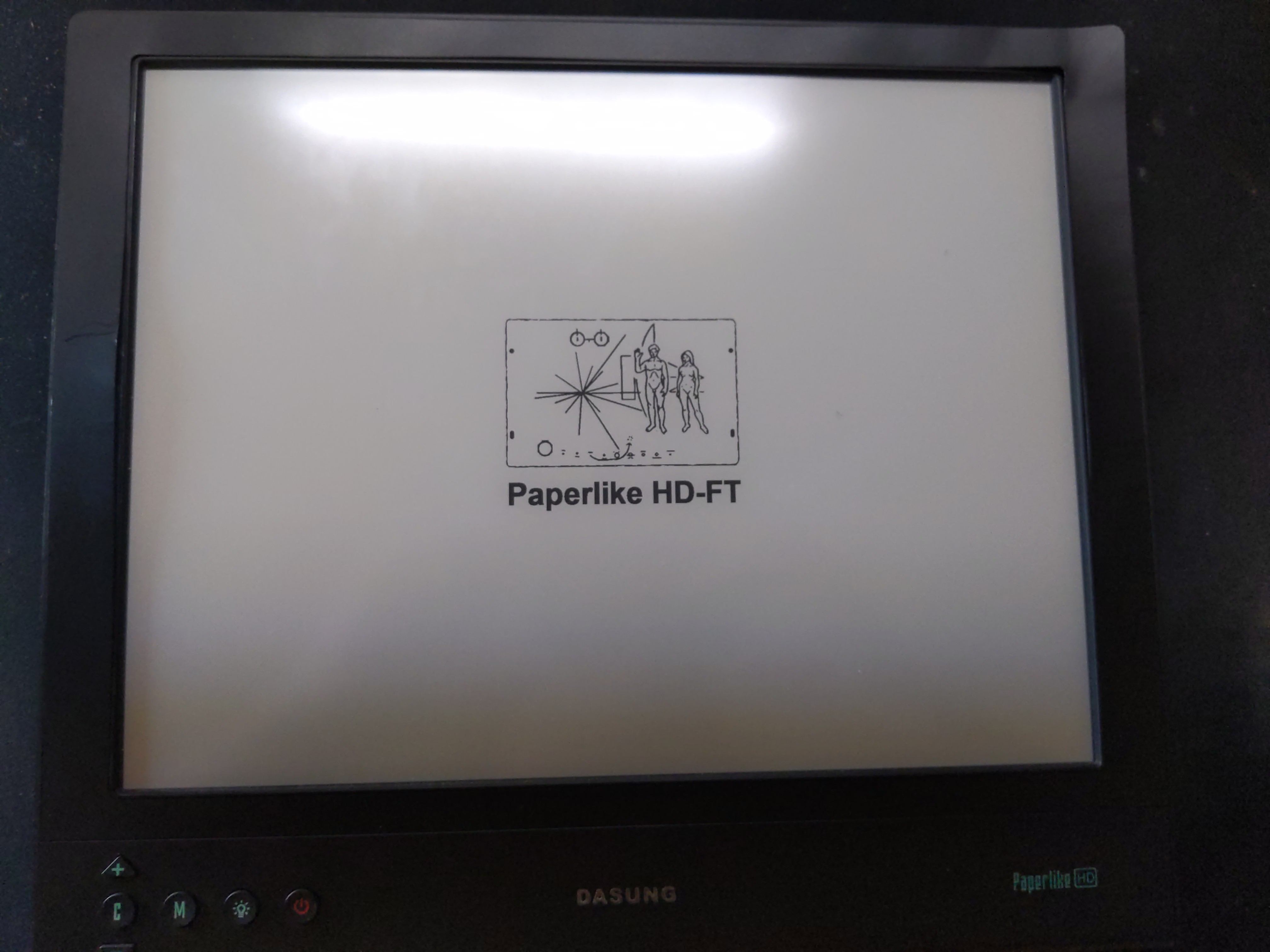
As part of the EI2030 initiative, working groups have been formed that will focus on specific tasks that are of interest to them. They will exchange information and resources.
For example, the Low-Power E-Paper OS Working Group will study real-time operating systems and develop a Linux port for Ambiq Apollo 3 and 4 processors or similar low-power microprocessors for embedded Linux systems.
Another working group will delve deeper into low-level management tasks, that is, the development of an open source driver for the display. Focus on various systems on a chip with integrated controller, i.MX7 / 8 microcontroller familiesand RK3566 .

A separate task is to design a new chassis / case, which will become the basis for future laptop models. After all, it's clear that the Thinkpad T480 donor is a temporary solution to get started. In the future, it is planned to make an open and free design. Examples include the Olimex TERES-I hacker homemade laptop and similar projects VIA OpenBook , MNT Reform, and EOMA68 . It is advisable to design the design with open source tools.
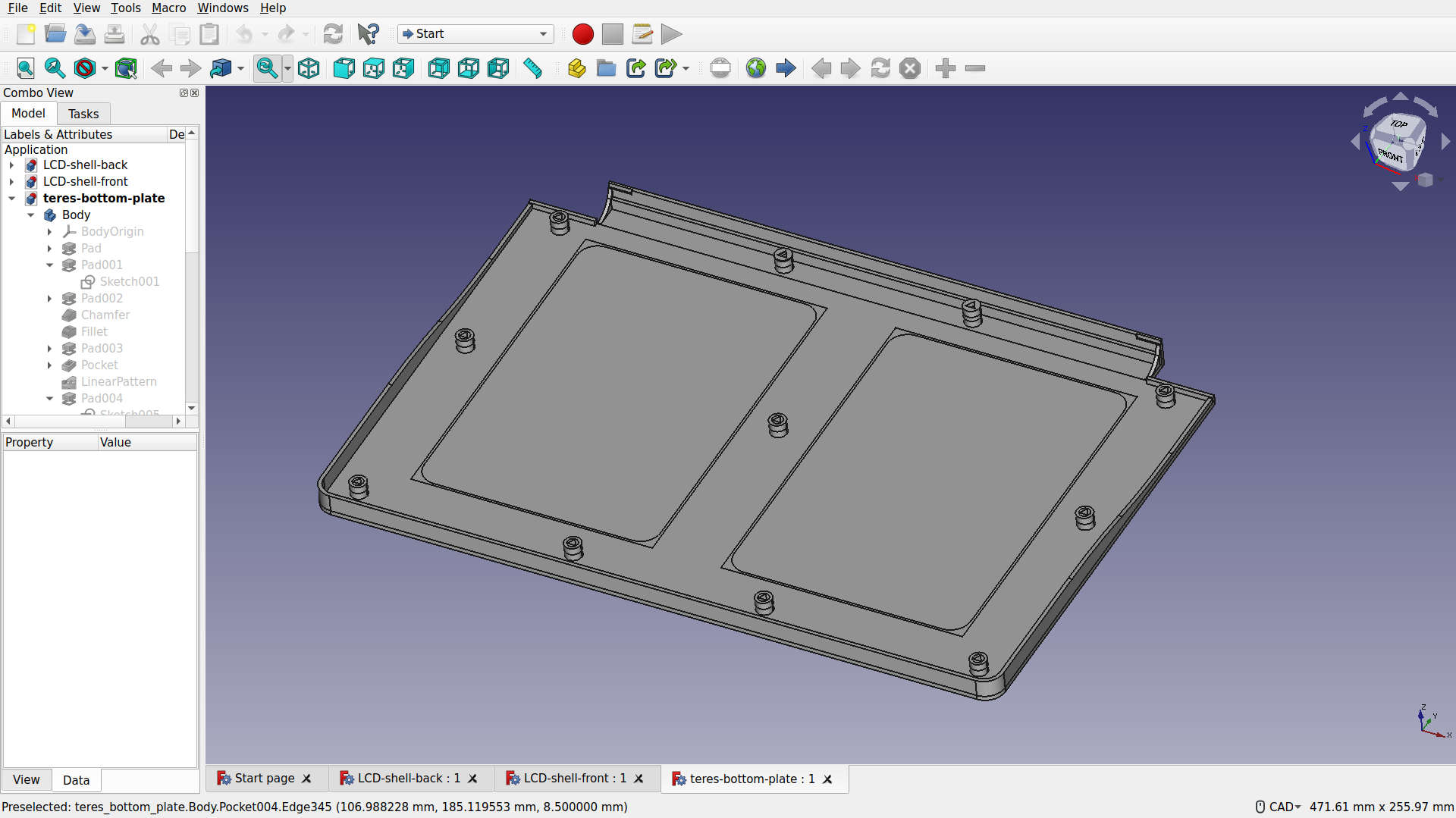
Two more working groups will explore different non-emissive display technologies such as e-ink, Display Electronic Slurry (DES) and Reflective Liquid Crystal Display (RLCD), as well as the psychological benefits of working with electronic paper . For example, low levels of eye fatigue. The same group will study user-friendly interfaces that increase the comfort of work.
First tasks
In the EI2030 project, an initiative group of about ten enthusiasts was formed, who outlined three main tasks to begin with.
Display selection
We consider e-ink panels in the range from 10.3 "to 13.3". In addition to the above Dasung displays, there are ES103TC11, ED133UT22, ES133TT33, Waveshare and Sony panels on the market. You can buy panels in bulk, on the secondary market, or remove them from other devices. According to the first negotiations, the minimum batch from a manufacturer is from 10,000 to 50,000 pieces.
RLCD and DES are also being considered.
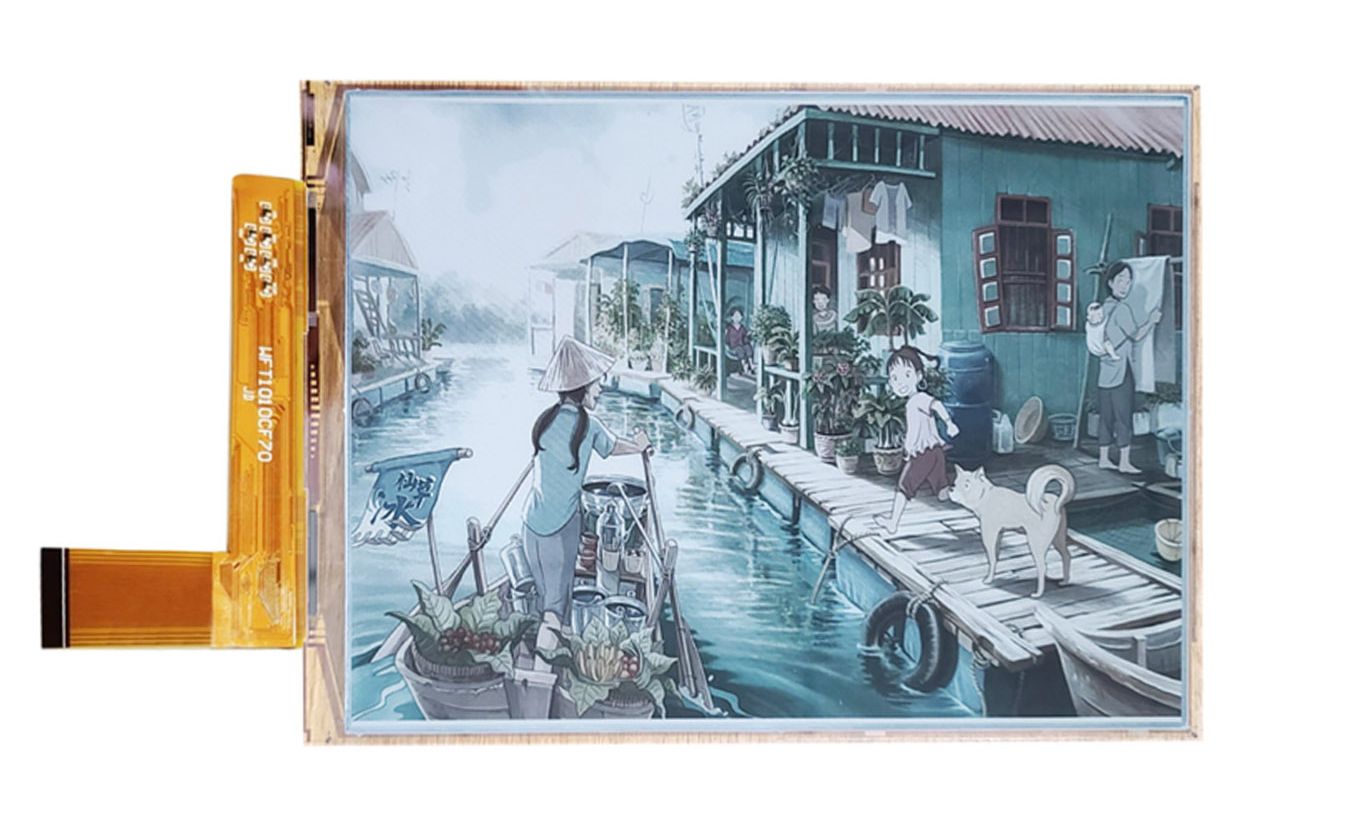
Good Display 10.1-inch full-color Display Electronic Slurry (DES) e-paper with 2232 * 1680 pixels, source
On the other hand, RLCD supports refresh rates up to 60 FPS, so this technology should not be overlooked either. Such displays are known for projects One Laptop per Child and Pixel Qi , as well as many smartwatches. But there are no large size and high resolution RLCD displays on the market yet.
Display interface
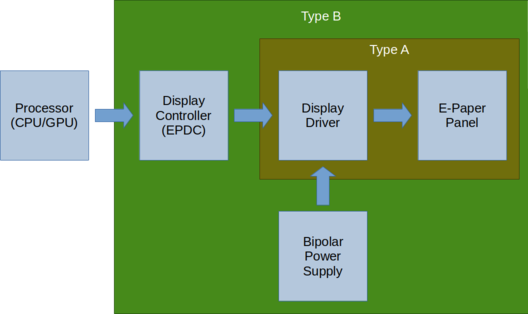
There are three ways to control the display:
- Special controller chip for screen control.
- System on a Chip (SoC) with an embedded controller.
- Fast microcontroller block to emulate a controller with GPIO.
A few examples:
- Proprietary / commercial: EPSON S1D13xxx , IT8951 , Waveshare HDMI board , Dasung E-ink monitors .
- SoC with integrated controller: RK29xx , RK3026 / iRK3028 , i.MX 6S / D, i.MX 7S / D , i.MX 8ULP , RK3566 / RK3568
- Software: essentialscrap , NekoCal , InkPlate 6/10 , EPDiy
You can create a database of panels that are used in all e-ink devices, and select compatible open source options. The base will become a reference for those who buy devices on the secondary market.
Chassis
Laptop chassis is another important consideration to think about when building a laptop. The aspect ratio on the available 10.3 "and 13.3" screens is 4: 3, and notebooks with that ratio are hard to find.
Here you can create a chassis from scratch or take one of the existing options. As mentioned above, the Thinkpad T480, VIA OpenBook with open design , MNT Reform and EOMA68 are considered as options, which also made their design files open and available to others.
The design of the Olimex TERES-14 model notebook for 240 euros is also open. Files of printed circuit boards and chassis for printing are in KiCad and FreeCAD format.
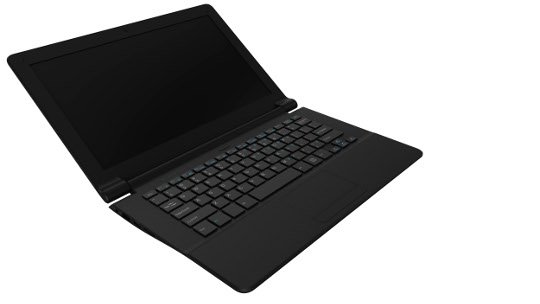
Olimex TERES-14
Why not consider the option of revising Olimex TERES-14 by connecting an electronic paper display to it? EI2030
enthusiasts invite everyone to join the project.
In a discussion on Hacker News, they draw attention to the fact that now is not the best time for hardware endeavors, because there is a shortage of components on the market. For example, engineers at one company often have to redesign printed circuit boards because the supplier does not have a particular capacitor.
In general, design is only 10% of the work, and most of these projects do not even reach the prototype stage.